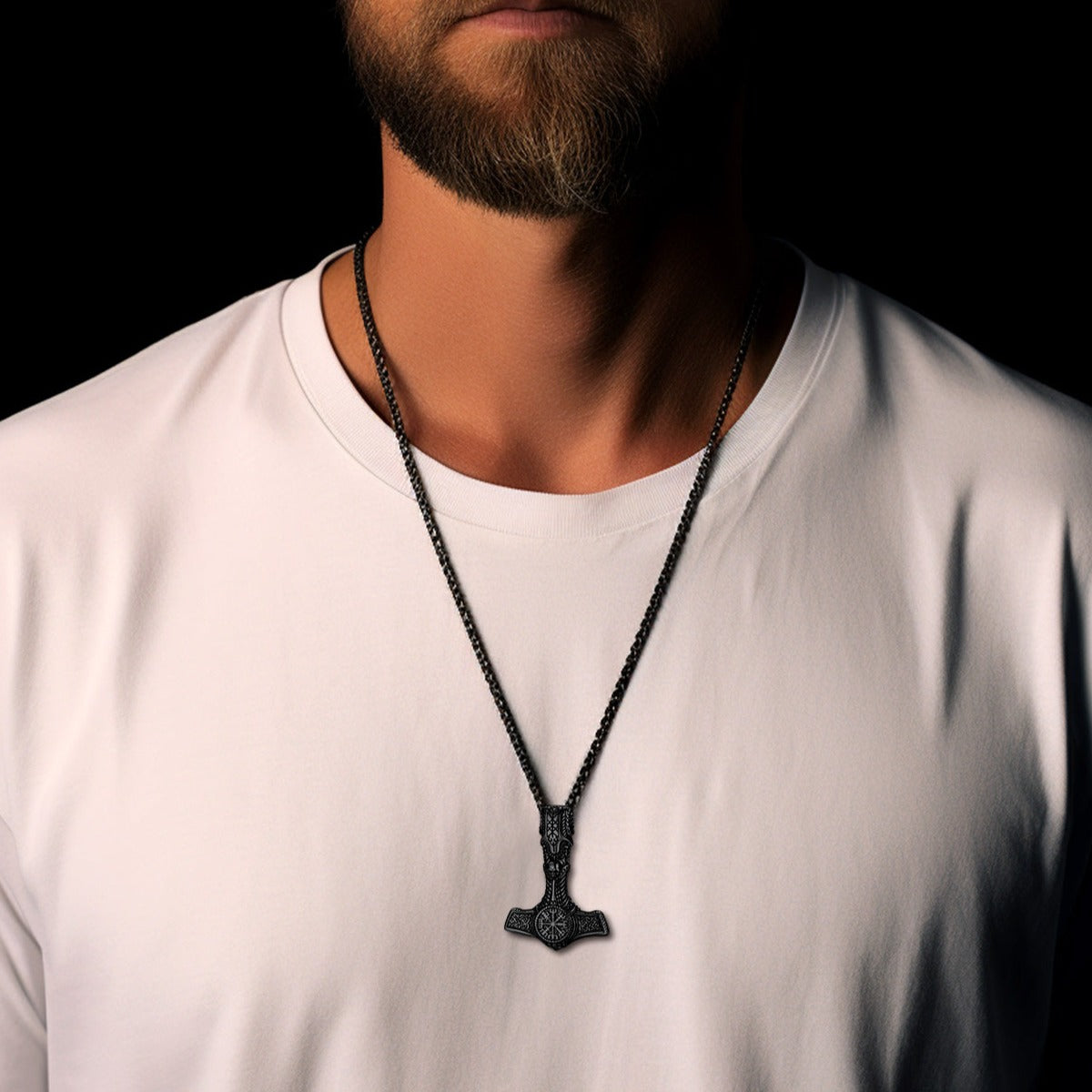Unlock the Secrets of Viking Jewelry: Discover Its Rich History and Hidden Symbols!
Viking jewelry is more than just decorative adornment; it embodies a complex tapestry of culture, beliefs, and artistry from the Norse world. Emerging from the Viking Age, which spanned roughly from the late 8th century to the early 11th century, these artifacts tell stories of exploration, trade, and a society deeply rooted in symbolism. In modern times, there has been a resurgence of interest in Viking jewelry, thanks in part to popular culture and historical fiction. Many people are drawn to its intricate designs and the rich history behind each piece, finding personal connections that resonate with their own lives or interests. Whether worn as a fashion statement or a tribute to heritage, Viking jewelry has captivated hearts across generations.

The Historical Context of Viking Jewelry
The creation of Viking jewelry flourished during a period marked by significant cultural exchanges and trade routes that expanded across Europe and beyond. The Vikings, known for their seafaring prowess, established extensive trade networks, which facilitated the exchange of goods, ideas, and artistic influences. Archaeological findings, such as the burial mounds in Scandinavia, have revealed exquisite pieces of jewelry crafted from precious metals, glass beads, and even animal bones. One notable discovery was the Oseberg ship burial, which uncovered a trove of artifacts, including intricately designed brooches and gilded accessories that showcased the skills of Viking artisans. These historical contexts not only highlight the craftsmanship of the time but also reflect the interconnectedness of Viking society with other cultures, paving the way for a diverse range of jewelry styles.
Types of Viking Jewelry
Viking jewelry encompasses a variety of types, each with its unique characteristics and significance. Among the most common are brooches, which served both functional and decorative purposes, often used to fasten cloaks. These brooches came in various forms, including the circular "fibula" and elaborate "penannular" designs, often adorned with intricate patterns and gemstones. Rings were another popular item, frequently crafted from gold or silver and sometimes featuring engravings or inlays. Necklaces and bracelets also played important roles, often made from materials such as bronze, silver, and glass beads. The craftsmanship involved in creating these pieces was meticulous; artisans employed techniques like casting, forging, and granulation to achieve stunning results. Friends of mine who have dabbled in metalworking often express admiration for the skill level of Viking jewelers, noting that modern techniques sometimes still fall short of the artistry seen in these historical pieces.
The Symbolism Behind Viking Jewelry
Symbols embedded in Viking jewelry reflect the beliefs and values of Norse mythology and culture. Iconic motifs such as Thor's Hammer, or Mjölnir, symbolized protection and strength, often worn as a talisman against evil. The Valknut, a symbol associated with the god Odin, represents the interconnectedness of life and death, and was often found in funerary contexts. Other symbols, such as the wolf or dragon, conveyed power and ferocity, while intricate knotwork designs embodied the idea of eternity and the cyclical nature of life. Each piece of jewelry served not just as an accessory but as a statement of identity and belief. My friend, an avid history buff, often shares how understanding these symbols adds a layer of appreciation for Viking culture, allowing us to connect more deeply with their stories and values.
The Role of Jewelry in Viking Society
In Viking society, jewelry played a multifaceted role beyond mere adornment. It served as a status symbol, indicating wealth and social standing. The more elaborate and finely crafted a piece, the higher its owner was regarded within the community. Jewelry was also integral to rituals, often used in weddings, funerals, and other significant life events. Items like brooches and rings were frequently gifted, signifying bonds and alliances. Furthermore, jewelry was a form of personal expression, allowing individuals to showcase their craftsmanship, taste, and connection to their heritage. As someone who has attended Viking reenactments, I've witnessed firsthand how participants use jewelry to embody their characters, enriching the narrative of Viking life in a way that resonates with modern audiences.
Legacy and Influence of Viking Jewelry
Viking jewelry serves as a remarkable window into the past, revealing the artistic prowess, cultural values, and social structures of the Norse people. From the historical context that birthed these exquisite pieces to the diverse types and rich symbolism they embody, Viking jewelry continues to captivate and inspire. Its legacy endures, reminding us of the intricate connections between art, identity, and heritage. In exploring the depths of Viking culture through their jewelry, we not only appreciate the craftsmanship but also gain insight into the lives and beliefs of those who came before us, enriching our understanding of history and its influence on contemporary society.








